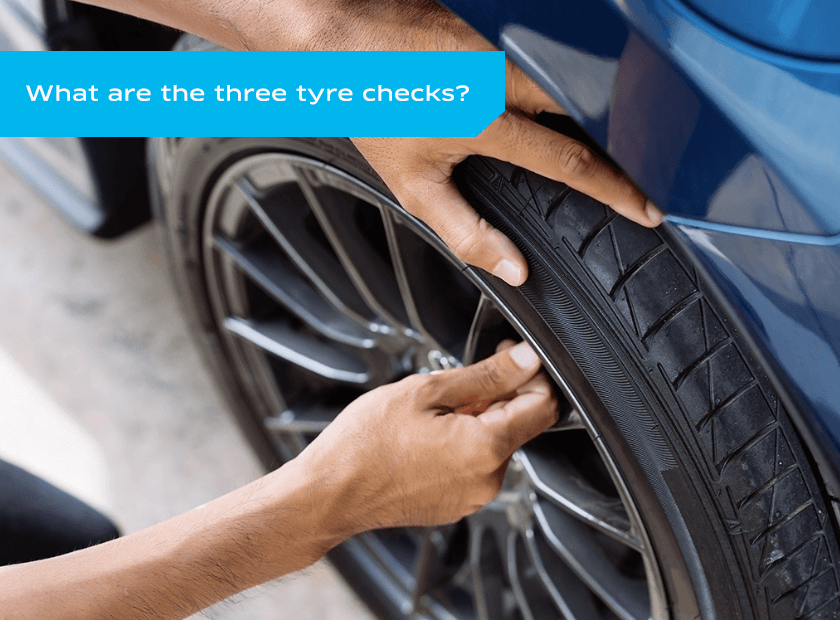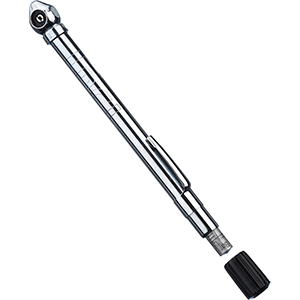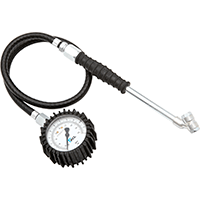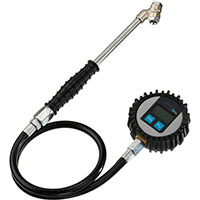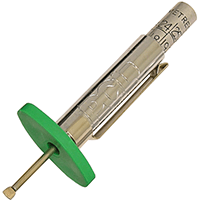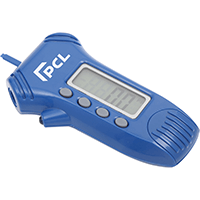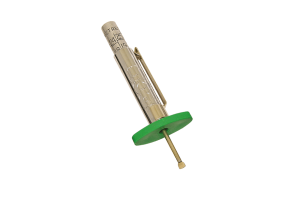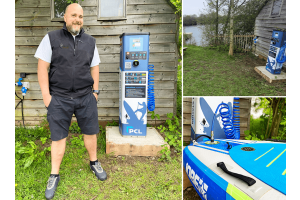October is TyreSafe's Tyre Safety Month, and as proud supporters of TyreSafe, we want to use this month to raise awareness about tyre-related issues, how to prevent them, and what tools PCL has to offer that can help avoid any future problems.
In the video below, our Business Development Manager Claire Tonks highlights the three tyre checks that drivers should be doing at least once a month and before long journeys.
Air pressure
Is your tyre’s air pressure at the recommended level? Under-inflated and over-inflated tyres affect handling and grip, potentially causing irregular or unpredictable vehicle behaviour. They are also much more likely to suffer from a dangerous sudden rapid deflation, especially on high-speed motorway journeys.
You can easily check your tyre pressure with a gauge or using an air tower on a petrol forecourt. You should check your tyres while they are cold, as tyres must be cool to take accurate readings.
Condition
As well as checking the tyres air pressure and tread, you should be inspecting your tyres condition regularly. This is vital as your tyres are in constant contact with the road and as such they suffer a lot of wear and tear, even if you drive carefully.
Tyres should be inspected at least monthly for punctures, cuts, bulges, cracking or any other abnormal visual indications, if found you should contact a professional. You should never drive with damaged tyres.
Tread
If tyre tread depth wears below 3mm, ability to grip the road is reduced and stopping distances increase dramatically, therefore checking the measurements at least once a month and before long journeys is vital.
You can carry out a visual check of the tread wear indicators to assess the levels of your tread depth. These indicators are small raised areas at the bottom of the grooves on your tyres.
If the surface of the tread rubber is level with these raised areas, the tyre tread depth is approaching the legal limit and you should have your tyres checked and replaced.
However, using a Tyre Tread Depth Gauge will provide a more accurate measurement and is simple to do.
Remember to check the whole circumference of the tyre and across the central three-quarters of the width of the tyre.
Remember to A.C.T (Check your Air pressure, Condition & Tread) at least once a month, every month and before long journeys.

